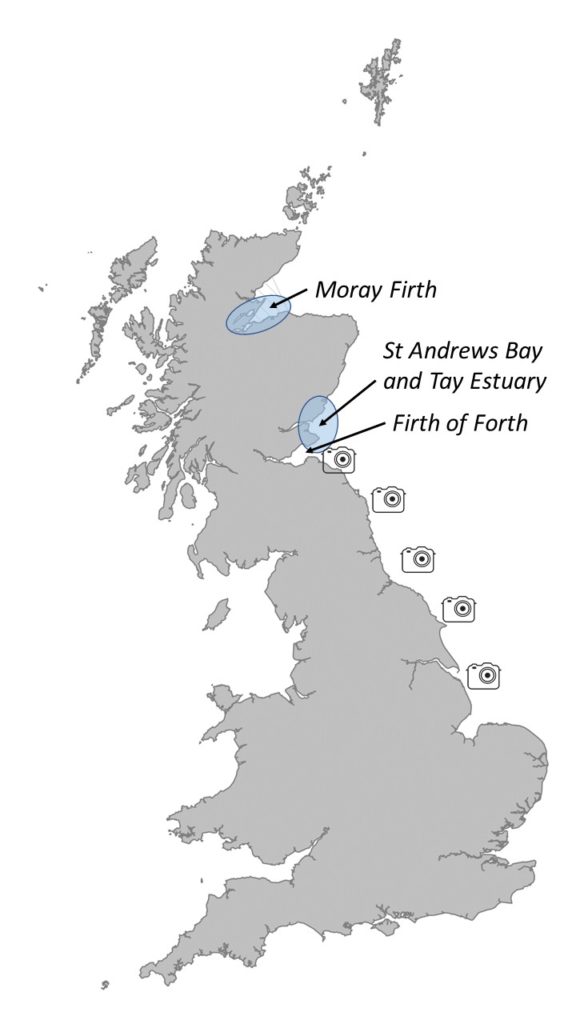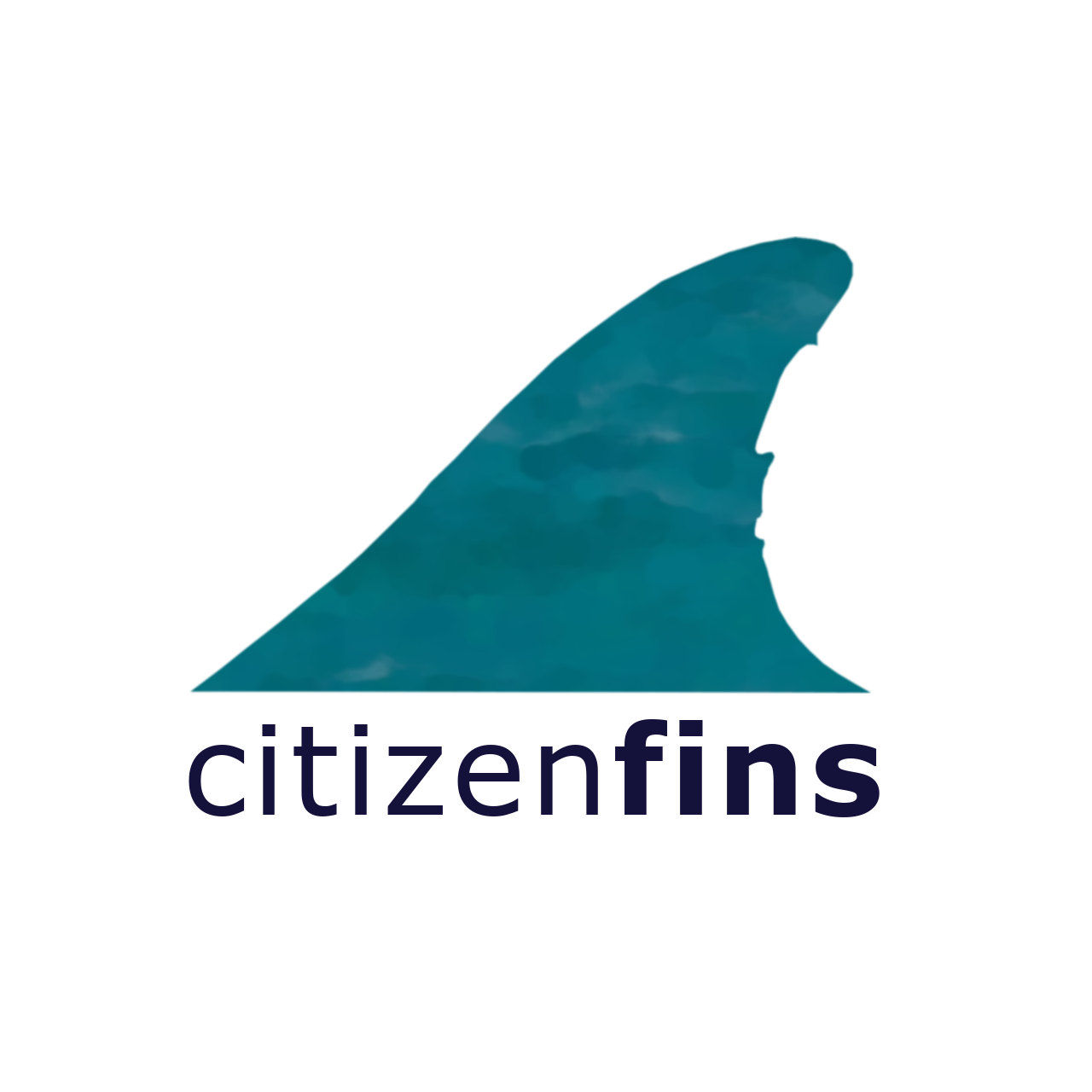The east coast of Scotland bottlenose dolphin population has been studied since 1989, as part of a long-term collaborative project between the Sea Mammal Research Unit (University of St Andrews) and the Lighthouse Field Station (University of Aberdeen). To monitor this population, we conduct boat surveys every summer between May and September in two main areas, in the Moray Firth Special Area of Conservation (SAC) and in the Tay Estuary and adjacent waters of Angus and Fife, with some more recent effort in the Firth of Forth. During the surveys we take photographs of the dorsal fins of encountered bottlenose dolphins, i.e. photo-identification data.
We can identify individual dolphins from the nicks, notches, tooth rakes and other natural marks on their dorsal fins. Have a browse through our catalogue of animals here. By knowing who is where and when, we can estimate how many animals there are in the population, their birth and natural mortality rates, and learn about their movements up and down the coast.


In recent years, sightings of individuals from this population have become more frequent to the south of the Tay Estuary (Fife), in the Firth of Forth and also further south along the southeast Scottish coast and into northeast England. These observations indicate a continuing expansion of the population’s distributional range, first detected during the mid 1990s as anecdotal sightings of known animals increased outside the Moray Firth, along the Grampian coast and in the Tay estuary.
How can you help? Because we cannot survey the entirety of this population’s distributional range we are looking for photographs of animals in areas not covered by our surveys, especially south of St Andrews Bay and the Tay estuary.
You might have taken these photographs from a pier or promenade where dolphins might get close to, or maybe while onboard a leisure or dolphin-watching boat. Photographs should be taken without disturbing the animals. Check the guide to best practice for Watching Marine Wildlife from NatureScot.
We are interested both in recent photographs and in older ones (taken over the last 10 years). This will hopefully help us fill in gaps in the sighting histories of individual dolphins, and track how the natural marks in their dorsal fins change over time.
While our interest is mostly from areas south of St Andrews Bay (see map on the right), if you have photographs from other areas such as the north and west coasts of Scotland please send them through too. If in doubt, get in touch first at [email protected].
Most of our dedicated photo-ID surveys occur within the blue areas in this map (in the Moray Firth and in St Andrews Bay and Tay Estuary). We are interested in photos of animals seen further south in Scotland (including the Firth of Forth) and northeast England.
We have put together some guidelines to explain what makes a good photo-ID picture that can be used to identify individuals (excellent and good photographs, as per the guidelines). If you have photographs of bottlenose dolphins that meet those criteria, you can submit them here!
